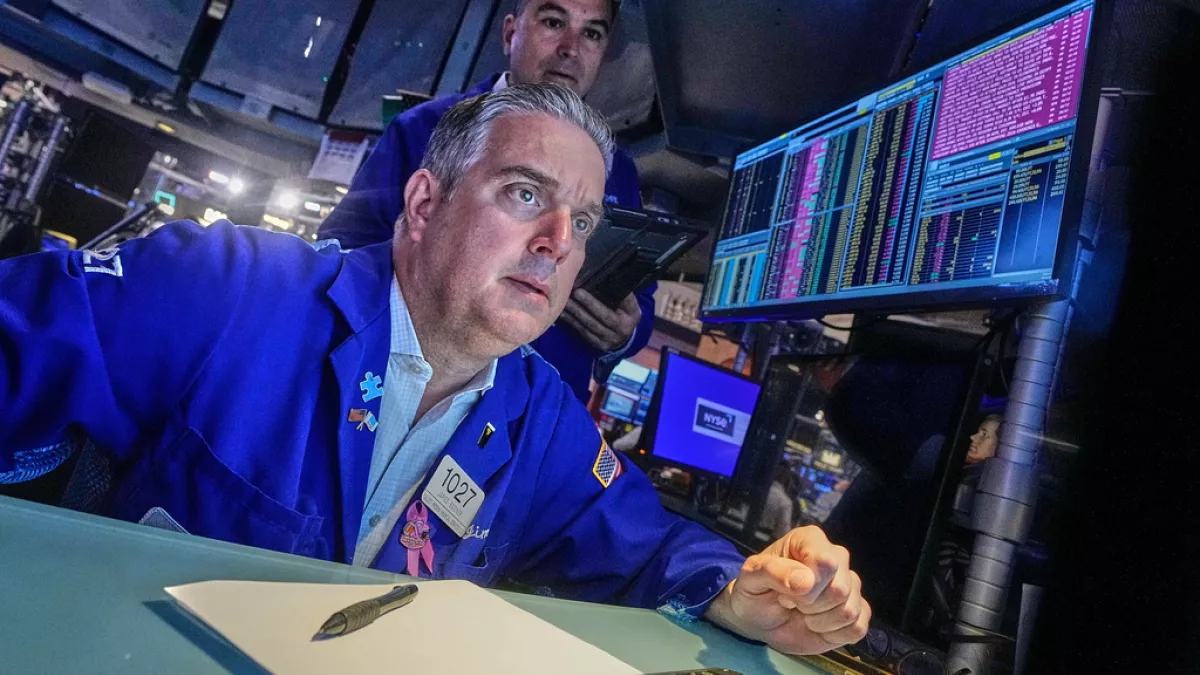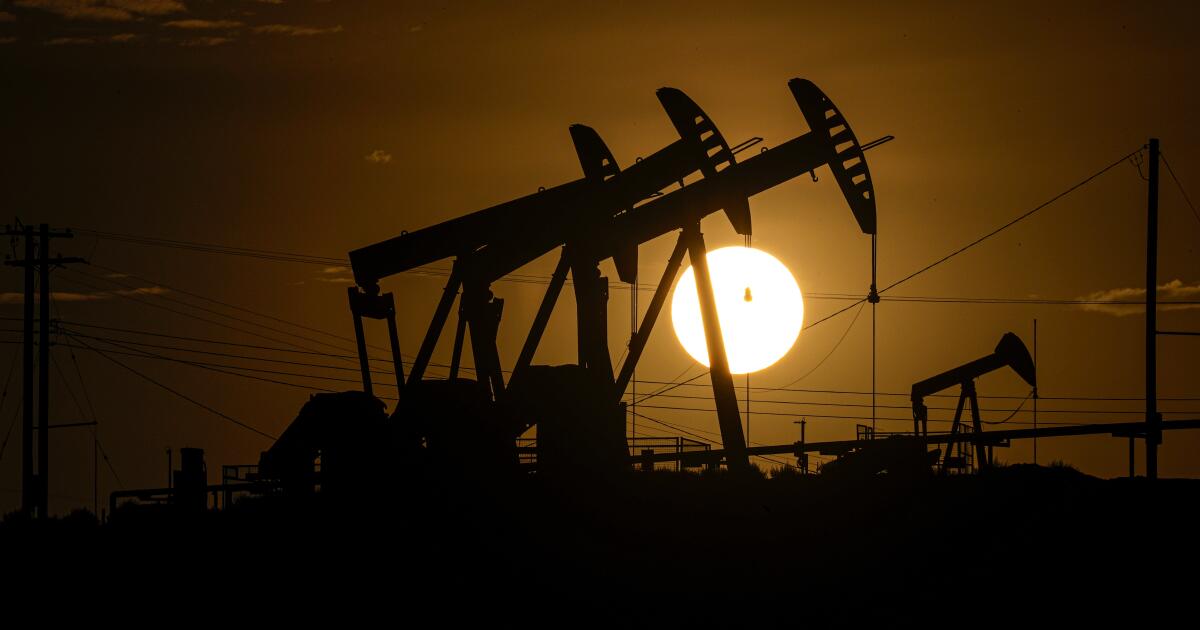Markets prepare for key rate decisions while tracking US-China trade talks
Global markets were buoyed on Monday morning by expectations of another Fed rate cut and growing optimism that the US and China are moving closer to a trade deal, following comments from President Donald Trump.
The optimism wiped out gains in safe-haven assets such as gold futures and boosted stock exchanges across the globe.
Yet, leading European benchmark indexes opened mostly flat, except for Milan’s FTSE MIB, which was up by 0.61%. Madrid IBEX 35 also gained 0.37% by around 11:00 CEST.
At the same time, European benchmark STOXX 600, as well as the FTSE 100 in London, remained nearly flat. The DAX in Frankfurt gained 0.15% while Paris’ CAC 40 lost less than 0.1%. This came after credit rating agency Moody’s changed France’s outlook from stable to negative on Friday.
Investors in Europe are closely watching for signs of economic health, with one of the strongest indicators — the first reading of the eurozone’s third-quarter GDP — due on Thursday.
On the same day, the European Central Bank (ECB) is scheduled to hold its monetary policy meeting. Given that inflation in the bloc has remained around the bank’s 2% target, the ECB is expected to hold interest rates steady this week for its third straight meeting. The key deposit rate has been at 2% since June.
US-China relations
Across the globe on Monday, US futures were mostly up in pre-market trading. This came as Asian shares rallied too, with Japan’s benchmark Nikkei 225 topping 50,000 for the first time.
Later this week, the US President has a scheduled meeting with the Chinese leader Xi Jinping on the sidelines of the Asia-Pacific Economic Cooperation forum (known as APEC), to discuss the trade deal between the world’s two strongest economies.
US and Chinese officials confirmed on Sunday that they had reached an initial consensus for Trump and President Xi Jinping to finalise during a meeting later in the week.
“I have a lot of respect for President Xi,” Trump told reporters after visiting Malaysia for a summit of Southeast Asian nations, where he reached preliminary trade agreements with Malaysia, Thailand, Cambodia, and Vietnam.
“I think we’re going to come away with a deal,” Trump said.
And investors see it as a strong signal. According to Stephen Innes of SPI Asset Management: “This isn’t just photo-op diplomacy. Behind the showmanship, Washington and Beijing’s top trade lieutenants have quietly mapped out a framework that might, just might, keep the world’s two largest economies from tearing up the field again.”
The enthusiasm brought about a shift in risk-taking among investors, demonstrated by a fall in gold futures. The safe-haven asset’s continuous contract fell by almost 2% on Monday morning, as an ounce was priced at $4,055.50.
The euro and Japanese yen remained flat against the US dollar. One euro was traded at $1.1638, while the greenback cost ¥152.8070. The British pound climbed 0.26% against the US dollar, and the rate was at $1.3345.
Crude oil prices fell after European markets opened, with both benchmarks trading nearly 1% lower. The US benchmark WTI crude’s price was $61.06 a barrel, and Brent was at $65.47.
In other dealings, leading cryptocurrencies were up. CoinDesk’s Bitcoin Price Index (XBX) gained 4.86% and climbed to $115,395.34. Ethereum cost $4,171.84, up by 4.82% on Monday morning in Europe.
Another Fed rate cut on the cards, coupled with Big Tech reports
Wall Street hit record highs on Friday, after lower-than-expected inflation numbers from the US fuelled further hope that the Federal Reserve is about to cut interest rates further this Wednesday.
The data on inflation was encouraging because it could mean less pain for lower- and middle-income households struggling with still-high increases in prices. Even more importantly for Wall Street, it could also clear the way for the Federal Reserve to keep cutting interest rates in hopes of giving a boost to the slowing job market.
The Fed just cut its main interest rate last month for the first time this year, but it’s been hesitant to promise more relief because lower rates can make inflation worse, beyond boosting the economy and prices for investments.
Meanwhile, a flood of big tech companies’ earnings is on its way this week, with Microsoft, Meta and Google-parent Alphabet reporting on Wednesday. Apple and Amazon’s numbers are due to be released on Thursday.
Better-than-expected profits could fuel hopes for steady growth in the US. Information is scarce about the current state of the world’s biggest economy due to the prolonged government shutdown.



